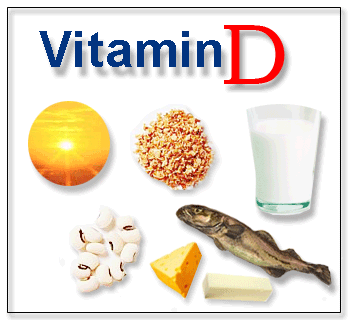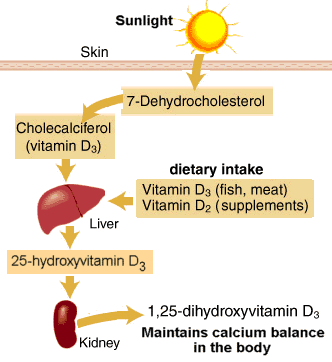 HBF is pleased to connect our blog readers to Christine Kukka’s monthly HBV Journal Review that she writes for the HBV Advocate. The journal presents the
latest in hepatitis B research, treatment, and prevention from recent academic and medical journals. This month, the following topics are explored:
HBF is pleased to connect our blog readers to Christine Kukka’s monthly HBV Journal Review that she writes for the HBV Advocate. The journal presents the
latest in hepatitis B research, treatment, and prevention from recent academic and medical journals. This month, the following topics are explored:
- Despite Antiviral Treatment, Liver Cancer Risk Persists
- Vitamin D Appears to Help Prevent Liver Cancer
- Dandelions May Be the Next Best Herbal Treatment for Hepatitis B
- Kidney Problems Are Prevalent with Hepatitis B Even Before Treatment Starts
- HBV Genotype H Appears to Cause Immediate Chronic Infection in Adults
- HBV Genotype E Has the Worst Response to Pegylated Interferon
- Cancer-Causing YMDD Mutations Found Frequently in HBV Genotype C
- High Iron Levels Found in Patients with Liver Failure
- Vietnamese-Americans at High Risk of Undiagnosed Hepatitis B and C
- Entecavir Performance Is Mediocre in Lamivudine-Resistant Patients
- A Simple Platelet Count Test Could Be Best Indicator of Fibrosis
HBV Journal Review
April 1, 2014
Volume 11, no 4
by Christine M. Kukka
Despite Antiviral Treatment, Liver Cancer Risk Persists
Researchers have hoped that treating hepatitis B patients with antivirals would reduce both their viral loads and their liver cancer risk. However, a new study that followed 1,378 treated and 1,014 untreated patients over five years found antivirals did not reduce liver cancer rates as hoped.
The study tracked new liver cancer cases among patients infected with the hepatitis B virus (HBV) (average age 47, 65% male) who had been treated primarily with entecavir (Baraclude) for their high viral loads and liver damage. They compared that group’s liver cancer occurrence to those of patients whose “inactive” HBV infection did not require treatment.
Among the treated group, 70 patients (6.2%) developed liver cancer during the study period compared to only 11 (1.1%) in the untreated group. Notwithstanding the ability of antivirals to reduce viral load, a life-long history of HBV infection and liver damage appeared to increase cancer risk, despite the reduction in viral load later in life.
What is especially disappointing is that liver cancer developed even in treated patients who had no history of cirrhosis (severe liver scarring) which increases cancer risk. Among the antiviral-treated patients:
- • 20 of 223 HBeAg-negative patients who had cirrhosis at the start of treatment developed liver cancer.
- • 15 of 316 HBeAg-negative patients who had no cirrhosis also developed liver cancer.
- • Among the treated patients who developed liver cancer, 30 were positive for the hepatitis B “e” antigen (HBeAg) and 30 were HBeAg-negative.
How well the antiviral worked in patients also determined who remained cancer-free. Of the 246 patients who failed to achieve low or undetectable viral loads as a result of treatment, 36 (18.8%) patients developed liver cancer over the five-year study.
The risk of cancer was increased overall by male gender, underlying cirrhosis and older age in the treated group. Curiously, having high viral loads (HBV DNA) at the start of treatment did not appear to increase liver cancer risk.
The key message for doctors is that liver cancer risk remains despite a dramatic reduction in viral load, researchers noted. “…Patients on (antiviral) treatment that effectively suppressed viral replication are still at higher risk of liver cancer compared with patients with inactive stage chronic hepatitis B,” they concluded in the study published in the March issue of the journal Gut.
Persistent liver damage before the start of antiviral treatment, evidenced by elevated alanine aminotransferase (ALT) levels, may predispose patients to liver cancer, they also noted.
“The inactive group may have more intact immune response to HBV and therefore may also have entered the inactive stage early in life, with a shorter period of high viral replication and active hepatitis,” they wrote.
Source: www.ncbi.nlm.nih.gov/pubmed/24615378
Vitamin D Appears to Help Prevent Liver Cancer
Recent studies show a diet rich in vitamin D can improve liver health in patients with hepatitis B. A new study from Emory University in Atlanta finds that people with high vitamin D levels have lower rates of liver cancer.
The researchers examined vitamin D levels and liver cancer risk among 520,000 participants in the European Prospective Investigation into Cancer and Nutrition between 1992 and 2010.
Continue reading this review and additional HBV related reviews for March







